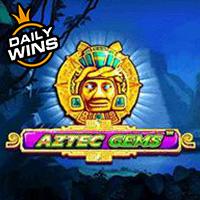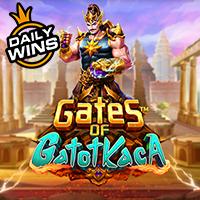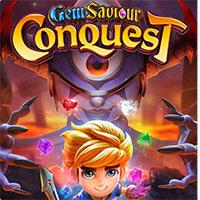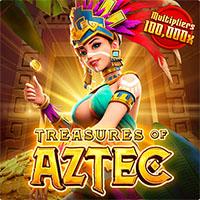

















Quantum science explores the fundamental behavior of matter and energy at the smallest scales—regions where classical physics no longer applies. At these scales, particles don’t follow predictable paths but instead exist in a haze of possibilities, governed by probabilities rather than certainties. This shift challenges our intuitive understanding but reveals a deeper layer of reality driven by wave-particle duality, superposition, and entanglement.
Why Quantum Science Matters in Everyday Understanding
Unlike everyday objects, quantum systems behave in ways that defy common sense—particles exist in multiple states simultaneously until measured, and entangled particles share states across vast distances, influencing each other instantly. These phenomena force us to rethink causality and determinism. Concepts like wave-particle duality, where light and matter act as both waves and particles, redefine foundational science education and explain technologies we rely on, from semiconductors in smartphones to MRI machines in hospitals.
The Core Concept: Superposition and Its Implications
Superposition is the idea that quantum systems can be in multiple states at once until observed. The famous Schrödinger’s cat thought experiment vividly illustrates this: until the box is opened, the cat is simultaneously alive and dead—a paradox that captures the essence of quantum behavior. In practical terms, superposition empowers quantum bits (qubits) to represent and process multiple combinations of data simultaneously. This capacity enables quantum computers to solve complex problems—such as factoring large numbers or simulating molecular interactions—far beyond the reach of classical machines.
| Superposition vs Classical Bits | 0 or 1 | Multiple states at once |
|---|---|---|
| Computation Speed | Linear | Exponential growth with qubit count |
Quantum Entanglement: Spooky Connections Across Space
When particles become entangled, their quantum states remain linked no matter the distance—changing one instantly alters the other, a phenomenon Einstein famously called “spooky action at a distance.” This non-local correlation defies classical explanations but has been confirmed in countless experiments. Entanglement is not just theoretical; it forms the backbone of quantum cryptography, enabling theoretically unhackable communication by detecting any eavesdropping through quantum principles.
Quantum Computing: The Next Frontier
Quantum computing leverages superposition and entanglement to transcend classical computing limits. While traditional computers use bits constrained to 0 or 1, quantum computers use qubits that harness both states simultaneously. This allows them to solve problems like large-scale optimization, cryptography, and molecular simulation exponentially faster than any existing supercomputer. Products such as {naissance} exemplify how quantum science moves from abstract theory to transformative real-world tech, promising breakthroughs in medicine, materials science, and artificial intelligence.
Beyond Computing: Quantum Science in Everyday Life
Quantum sensors detect ultra-weak signals—tiny changes in gravity or magnetism—enhancing precision in medical imaging, geological exploration, and navigation systems. Quantum cryptography secures online transactions by making eavesdropping detectable through quantum physics. These applications prove quantum science is not confined to labs: it actively shapes safer, smarter, and faster technologies shaping daily life.
As physicist Richard Feynman once said: “If you think you understand quantum mechanics, you don’t.” Embracing quantum science means accepting a reality far stranger and richer than our classical experience—one that drives innovation at the edge of possibility.
Explore how verification rules transform online entertainment experiences at How Verification Rules Shape Online Entertainment Experiences.
